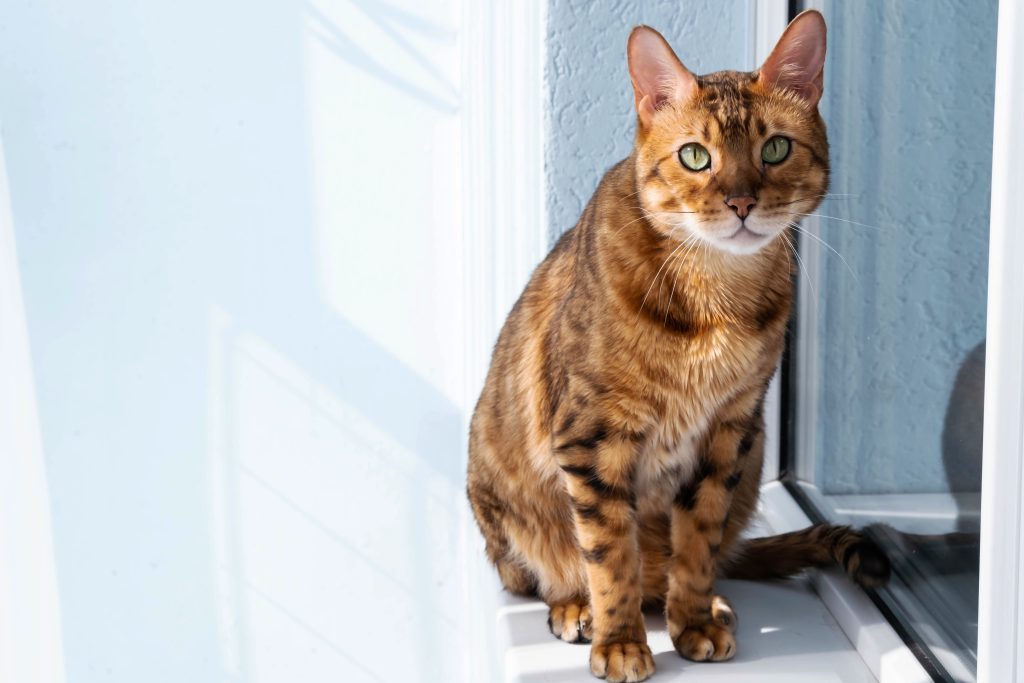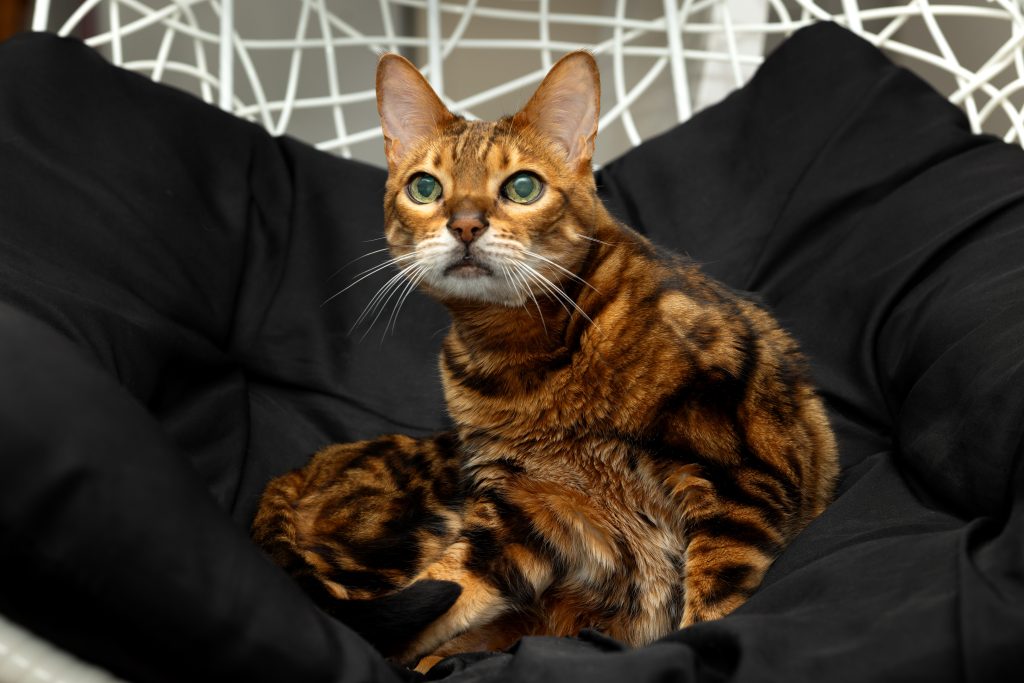The Fascinating World of Bengal Cats

Bengal cats are a unique and captivating breed that has captured the hearts of cat enthusiasts around the world. Known for their striking appearance and playful nature, Bengals are a blend of wild and domestic traits. This article delves into the origins, characteristics, care requirements, and the overall appeal of Bengal cats, providing a comprehensive guide for potential owners and cat lovers alike.
Origins and History
The Bengal cat is a relatively new breed, with its origins tracing back to the 1960s. The breed was developed by Jean Mill, an American breeder who aimed to create a domestic cat with the appearance of a wild leopard. The Bengal cat is a hybrid, resulting from the crossbreeding of an Asian leopard cat (Prionailurus bengalensis) with domestic cats, primarily Egyptian Mau and Abyssinian breeds.
By the 1980s, the Bengal cat had gained recognition and popularity, and in 1991, the International Cat Association (TICA) granted the breed championship status. Today, Bengals are one of the most sought-after breeds, known for their exotic looks and engaging personalities.
Physical Characteristics

Bengal cats are renowned for their distinctive appearance, which sets them apart from other domestic breeds. Some of their key physical traits include:
- Coat: Bengals have a short, dense coat that is soft to the touch. Their fur is adorned with striking patterns, including rosettes, spots, and marbling, reminiscent of a wild leopard or ocelot.
- Color: The breed comes in various colors, including brown, silver, snow, and blue. The most common and popular color is the brown spotted or rosetted Bengal.
- Build: Bengals are medium to large-sized cats with a muscular and athletic build. They have a sleek, streamlined body that reflects their wild ancestry.
- Eyes: Their eyes are large, almond-shaped, and can be green, gold, or blue, depending on the coat color.
Personality and Behavior

Bengal cats are not just about looks; they have a dynamic and engaging personality that makes them a joy to have as pets. Some of their notable behavioral traits include:
- Playfulness: Bengals are highly energetic and playful. They enjoy interactive toys, climbing structures, and games that challenge their agility and intelligence.
- Curiosity: These cats are naturally curious and love to explore their surroundings. They are known to investigate every nook and cranny of their home.
- Affectionate: Despite their wild appearance, Bengals are affectionate and form strong bonds with their human companions. They enjoy being involved in family activities and can be quite vocal in expressing their needs.
- Intelligence: Bengals are highly intelligent and can be trained to perform tricks, walk on a leash, and even play fetch. Their intelligence also means they require mental stimulation to prevent boredom.
Care Requirements

Owning a Bengal cat comes with specific care requirements to ensure they remain healthy and happy. Here are some essential care tips for Bengal cat owners:
Diet and Nutrition
Bengals require a balanced diet rich in protein to support their active lifestyle. High-quality commercial cat food, either wet or dry, is suitable, but some owners prefer a raw diet. Always consult with a veterinarian to determine the best diet for your Bengal.
Exercise and Enrichment
Given their high energy levels, Bengals need plenty of physical and mental stimulation. Provide a variety of toys, climbing trees, and interactive play sessions. Puzzle feeders and treat-dispensing toys can also keep them engaged.
Grooming
Bengals have a short coat that requires minimal grooming. Regular brushing helps to remove loose hair and reduce shedding. Additionally, routine dental care, nail trimming, and ear cleaning are essential for their overall health.
Health and Veterinary Care
Like all breeds, Bengals are prone to certain health issues. Regular veterinary check-ups are crucial to monitor their health and catch any potential problems early. Some common health concerns in Bengals include:
- Hypertrophic Cardiomyopathy (HCM): A heart condition that can be detected through regular cardiac screenings.
- Progressive Retinal Atrophy (PRA): An eye condition that can lead to blindness. Genetic testing can help identify carriers.
- Feline Infectious Peritonitis (FIP): A viral disease that can be fatal. Keeping your Bengal’s environment clean and stress-free can help reduce the risk.
Case Studies and Statistics
To understand the popularity and impact of Bengal cats, let’s look at some statistics and case studies:
- Popularity: According to TICA, Bengal cats consistently rank among the top 5 most popular cat breeds in the United States.
- Adoption Rates: A study by the American Pet Products Association (APPA) found that Bengal cats have a high adoption rate due to their unique appearance and engaging personality.
- Case Study – The Bengal Cat Rescue: An organization dedicated to rescuing and rehoming Bengal cats reported a 20% increase in adoptions over the past five years, highlighting the growing interest in the breed.
Conclusion
Bengal cats are a remarkable breed that combines the beauty of the wild with the charm of domestic cats. Their striking appearance, playful nature, and affectionate personality make them a popular choice for cat lovers. However, owning a Bengal requires commitment and understanding of their specific needs. By providing proper care, nutrition, and enrichment, Bengal cat owners can enjoy a rewarding and fulfilling relationship with these extraordinary felines.
In summary, Bengal cats are not just pets; they are companions that bring joy, excitement, and a touch of the wild into our homes. Whether you are considering adopting a Bengal or simply fascinated by this unique breed, understanding their history, characteristics, and care requirements is essential for a happy and healthy life together.



















